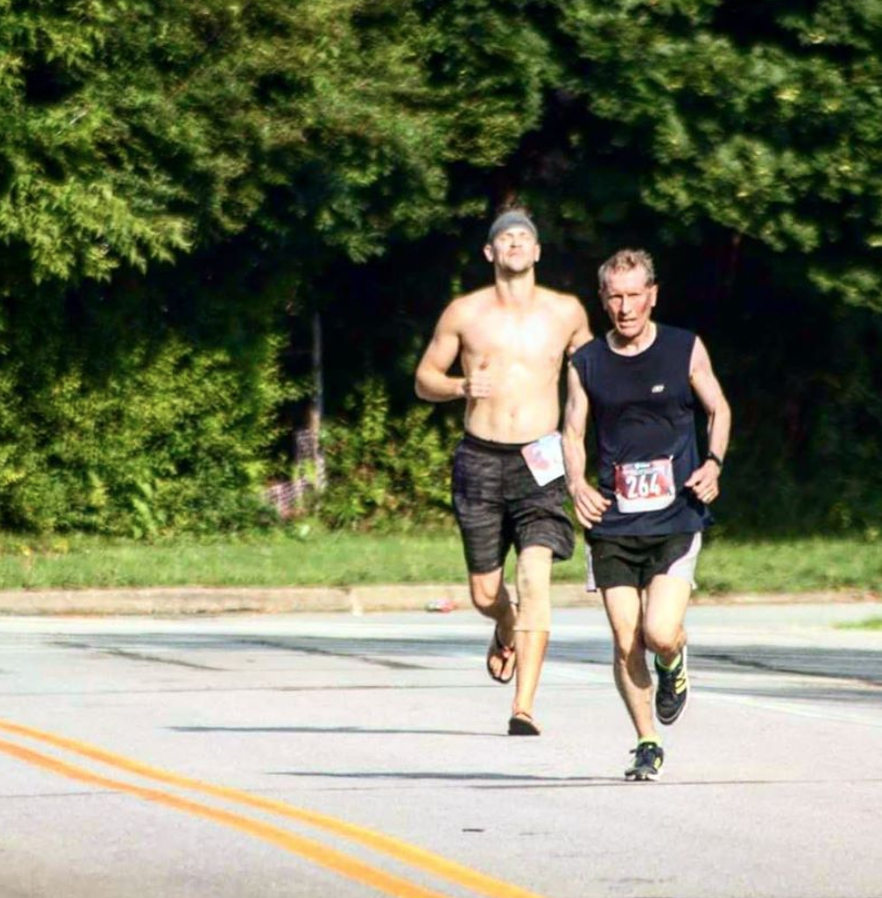Create a unique longevity strategy
There are three key steps in developing an effective longevity strategy, which we define as your plan and tactics for achieving long lifespan and healthspan goals.
An example family medical history entry
Step 1: Know thy risk
The first step is to assess your personal longevity risks. There are a few ways to approach this exercise, which we break down based on your available budget. But generally, it is based on personal and family medical history, genetic analysis and lifestyle factors (e.g. diet, activity, age).
An example of this would be identifying an inherited genetic risk for a heart attack a relatively young age, or knowing you have a copy of the APOE4 gene (elevated Alzheimers risk).
Aerobic exercise, such as that gained by running at easy to moderate pace, is an excellent risk management tactic for cardiovascular disease and many other ailments
Step 2: Prioritise & manage risks
The second step builds on the first. Once you’ve identified your longevity risks, we’ll support you in creating a list of specific actions you can take to manage your risk.
Managing the risk means you are reducing either the consequences or likelihood of a known longevity risk. To get started, you won’t try to manage every risk, instead you’ll prioritise just the top 2-3x.
An example would be noting elevated fasting glucose levels at the risk assessment age (increasing the risk of type II diabetes), and making a dietary change (eating fewer refined carbohydrates) to reduce that risk.
In this step, we’ll introduce you to the principles of effective self-experimentation, so you can find solutions which work to reduce your risk in priority areas.
Step 3: Maximise longevity gains
Biological age tests are pretty exciting for the longevity enthusiast! But aren’t necessarily the right starting point for your longevity strategy.
The third step is where most longevity enthusiasts tend to start. It’s the exciting process of optimising your wellness along the axes of healthspan and lifespan.
However, we strongly encourage you to take a step back and nail the basics first (Steps 1 and 2), before spending your hard earned cash on more advanced tests, supplements and biohacks.
An example of this would be using a series of blood tests or biological age test results to run a self-experiment to try to improve these biomarkers of aging.
Another example would be identifying deficiencies in micronutrient levels, so you can modify diet or supplementation routines to fix it.




